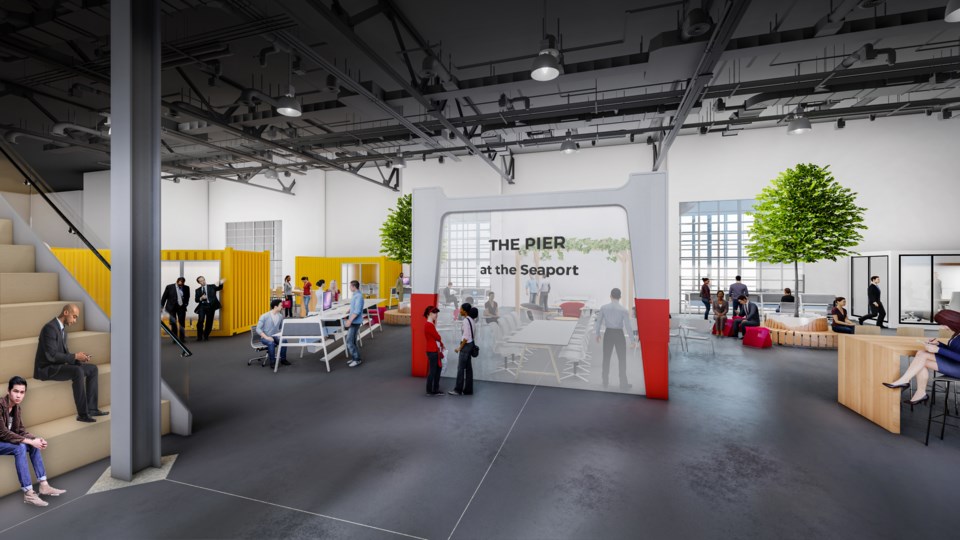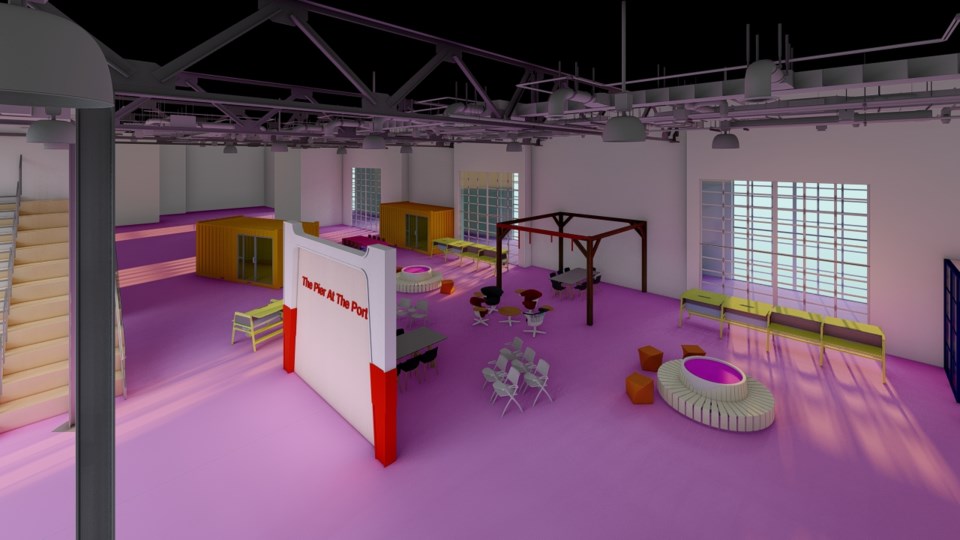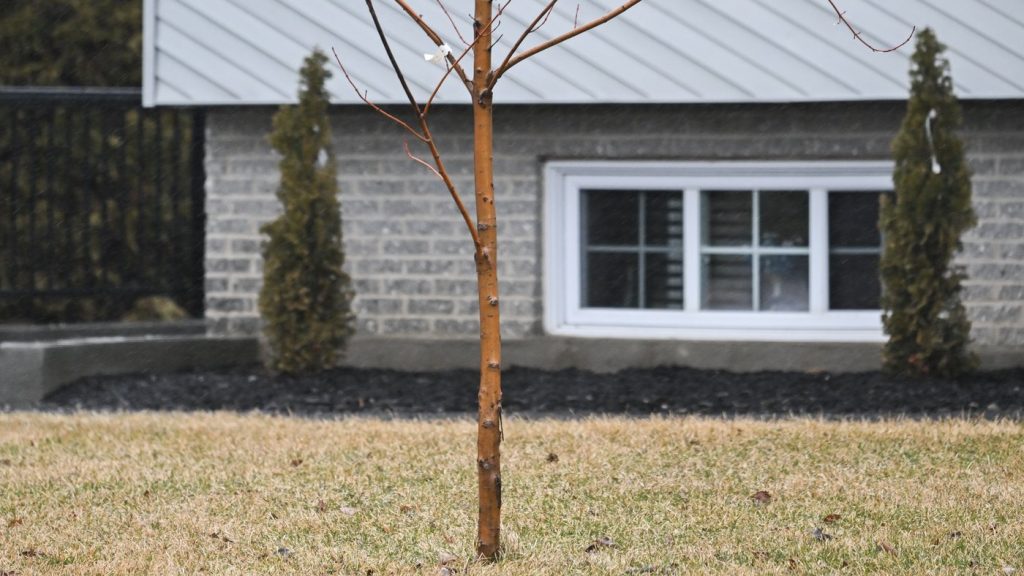Halifax Port Authority bringing new farmers market, innovation lab
Posted Jan 10, 2021 10:20:00 PM.
The Halifax Seaport District will soon see changes that will move the city’s waterfront farmers market and create new opportunities for Halifax.
Starting in mid-March, the Halifax Seaport Farmers Market will move out of its current home at the decade-old Halifax Seaport Market Building: in the warmer months, it’ll turn into an outdoor market while in the colder months, it’ll move indoors into the Pavilion 22 building which is usually used for cruise ship passengers.
But that’s not the only change.
The Halifax Seaport Market Building will be renamed as The PIER at the Seaport, a collaborative innovation lab — called a living lab — for the transportation industry.
“It’s kind of an exciting project because we know what the goal is and we’ve got a rough path on how we’re going to get there, but there’s a lot that is still going to be filled in as we go,” Lane Farguson, media relations and communications manager for the Halifax Port Authority, said. “So, there’s a lot of room here for refinement and we really want to work with our vendors and the different players who will be taking space in the new innovation lab to make sure that we get this right.”
 A rendering of the plans for the indoor space of The PIER at the Seaport (Courtesy of the Halifax Port Authority)
A rendering of the plans for the indoor space of The PIER at the Seaport (Courtesy of the Halifax Port Authority)Farmers market transformation
During the warmer months, the farmers market’s new spot — which is the parking lot in front of its current building — will be a covered space with overhead lighting and potentially pull-down siding.
It’s a plan that was born out of a previous idea to find more uses for the Halifax Seaport Market Building.
Last year in March, the Halifax Port Authority was searching for a potential tenant operator for the Halifax Seaport Market. It was looking for someone to come in and take over the day-to-day operation of the farmers’ market and create a daily “urban hall” but it was put on hold due to the COVID-19 pandemic.
Since reopening in June, the farmers market has been fully operating since mid-July.
“While all of that was going on, we also had to take a look and see, ‘OK, now is not the time to even move forward with this tenant operator model. What else can we do with this building?’” Farguson said. “Because the reality is, it’s a great space and the farmers market is very, very successful on the weekends. But Monday through Friday, that building has and continues to sit largely underutilized.
“The goal here was to take what’s working well, which is the weekend farmers market, and try to figure out a way that we can expand on that or keep those things that people really enjoy.”
He said he’s unsure about how much space the outdoor area will have but that it’ll be similar in size to its current building.
One perk about being outdoors, however, is that there’s room to slightly extend beyond the parking lot space. For instance, Farguson said the road near the Samuel Cunard statue could be closed and used for more vendors.
It’s a move that Farguson said some vendors are excited about while others aren’t so quick to adopt the upcoming changes.
“Change is one of those things that breeds apprehension,” he said. “We certainly understand and respect the fact that not everybody will like or agree with this decision. But we are working with the vendors to help them through and we’re hopeful that a lot of them will continue with us on this next step of this new path.”
Still, it’s a plan that he said is necessary for the Halifax Seaport Market Building’s sustainability.
“You can’t have a building of that size — that’s expensive to keep the lights on, keep the heat on — sitting largely underutilized for five days of the week,” he said. “So, we’re hoping that this will be a more sustainable model for the farmers’ market, for the vendors involved and the new tenants that are going in there as well.”
Breeding innovation for transportation
The PIER at the Seaport will also significantly change the district.
PIER stands for port innovation, engagement and research — ideas that transportation partners will hopefully bring to Halifax.
It’ll bring in corporations in the transportation data sector and other global corporations, such as PSA Halifax and Canadian National Railway, to work together with local start-ups and companies on problem solving and innovation.
Farguson said the living lab will “create a space where all of those groups can work together on real-time problems and come up with workable solutions that will ideally help to further grow the transport sector here in Halifax.”
 The PIER, which stands for Port innovation, engagement and research, will also include permanent storefront spaces for food and retail stores (Courtesy of the Halifax Port Authority)
The PIER, which stands for Port innovation, engagement and research, will also include permanent storefront spaces for food and retail stores (Courtesy of the Halifax Port Authority)The space is meant to be open and collaborative but will have closed-off areas for private discussions or meetings, similar to Halifax’s Volta or Dartmouth’s Centre for Ocean Ventures and Entrepreneurship.
“We’re hoping that it’s a good fit, and within that space there really isn’t anything like it in Halifax,” he said.
But the building won’t just be used for the new living lab; the Halifax Port Authority will also seek tenants to fill permanent leased storefront spaces that could serve both weekday and weekend traffic.
“One of the primary drivers is to come up with a sustainable model that works for as many people as we can make it work for,” Farguson said. “Ideally, what we’re trying to do here is help these vendors survive this COVID situation that we’re in and then put them in the best possible position for success once things start to return to normal.”








